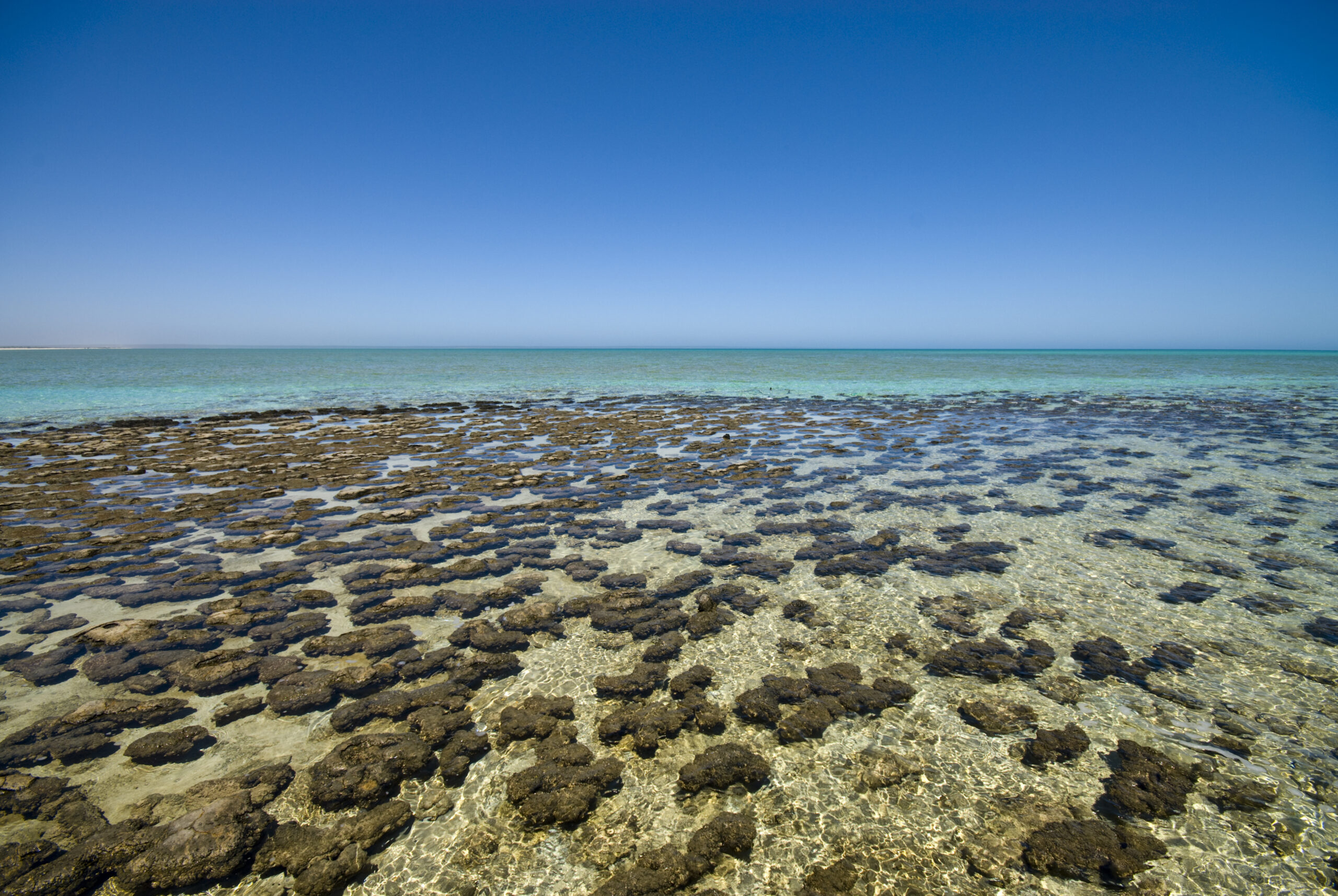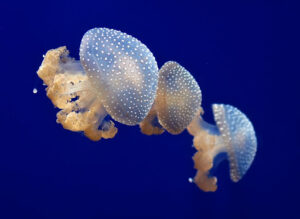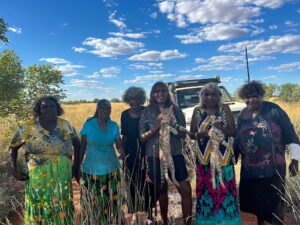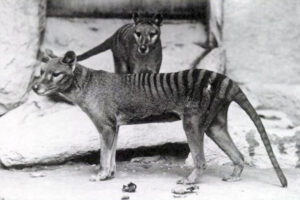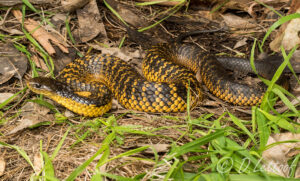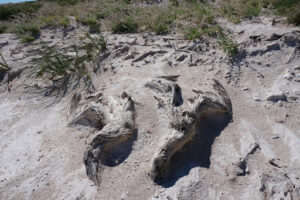Have you ever wanted to travel back in time? To see what the world was like before human civilisation? Before dinosaurs. Before fish crawled their scaly butts out of the ocean. Well, you can.
Several hours north of Perth are some of the world’s oldest living life forms – stromatolites. These unassuming blobs – they resemble the love child of a rock and a cauliflower – have existed for 3.5 billion years. To put that into perspective, Earth’s been around for 4.5 billion years and modern humans are thought to have evolved around 300,000 years ago.
Let’s trace the ancestry of an organism that’s been part of our planet’s evolution since (almost) the dawn of time.

Slow and steady wins the evolutionary race
A little over 4 billion years ago, a brand new planet was circling a young star, trying to find its purpose in life. It had a single vast ocean, some baby islands and an atmosphere with far too little oxygen to sustain life. Then, stromatolites burst onto the scene and so began a very slow, not-so-hostile takeover.
Stromatolites are often called living fossils. That’s because they’re built by colonies of microscopic aquatic organisms called cyanobacteria (also known as blue-green algae).
As the bacteria multiply, they trap layers of sediment. Very slowly – about 1 metre every 2000–3000 years – the layers grew into stony mounds.
Stromatolites thrived in the shallow, super-salty water of early Earth. For almost 1 million years, they expanded their empire across Earth’s newly forming shores.
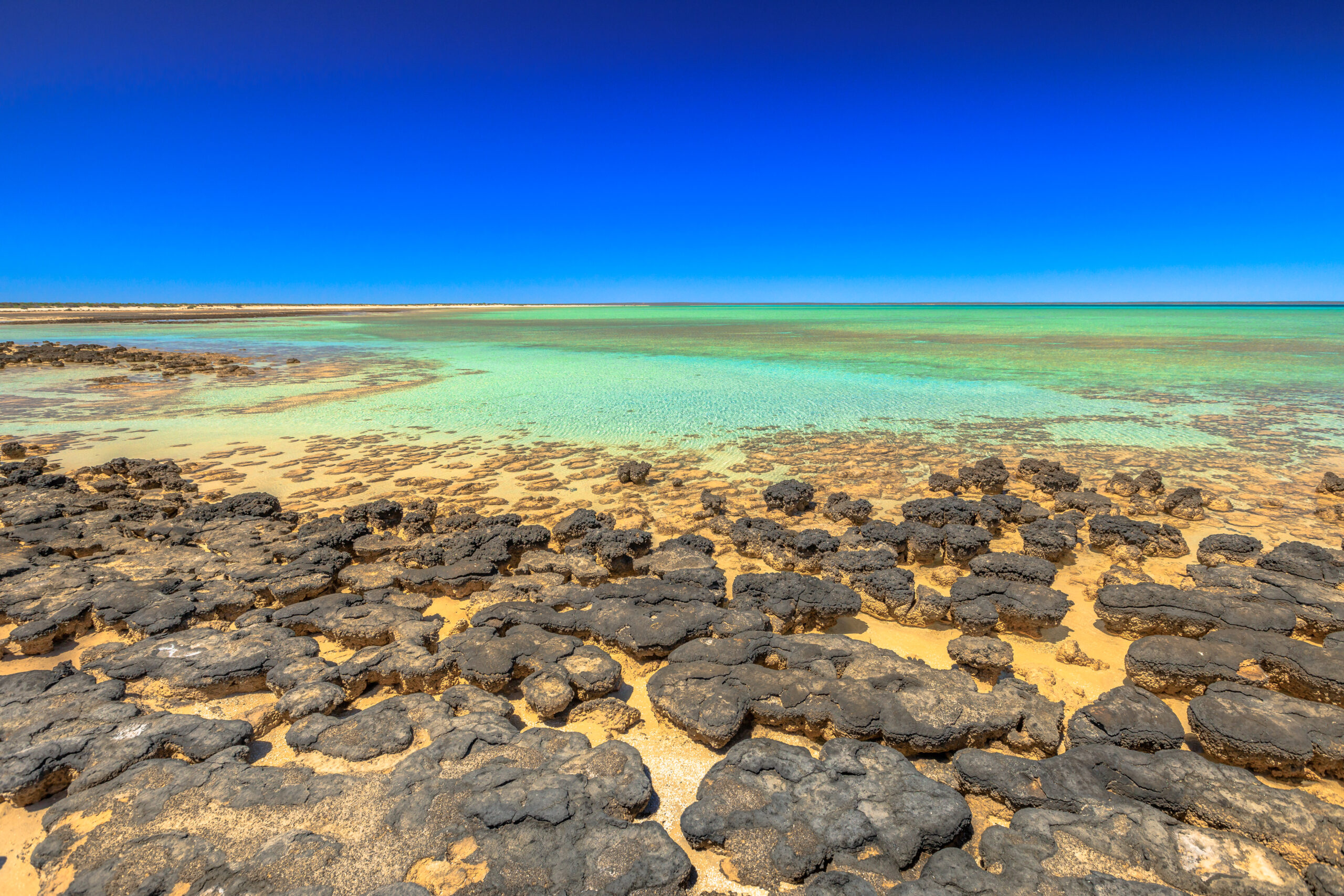
The kiss of life
As these tiny builders spread around the oceans, they were busy photosynthesising. Taking in carbon dioxide and light, they produced energy and oxygen.
They eventually breathed enough oxygen into the atmosphere that it reached a life-sustaining level. This led to breathable air, in what is known as the Great Oxygenation Event.
Now complex life could evolve. Including us! Unfortunately, this kiss of life backfired for the stromatolites – it created competitors. However, they didn’t all die out, and we can still see living stromatolites today.
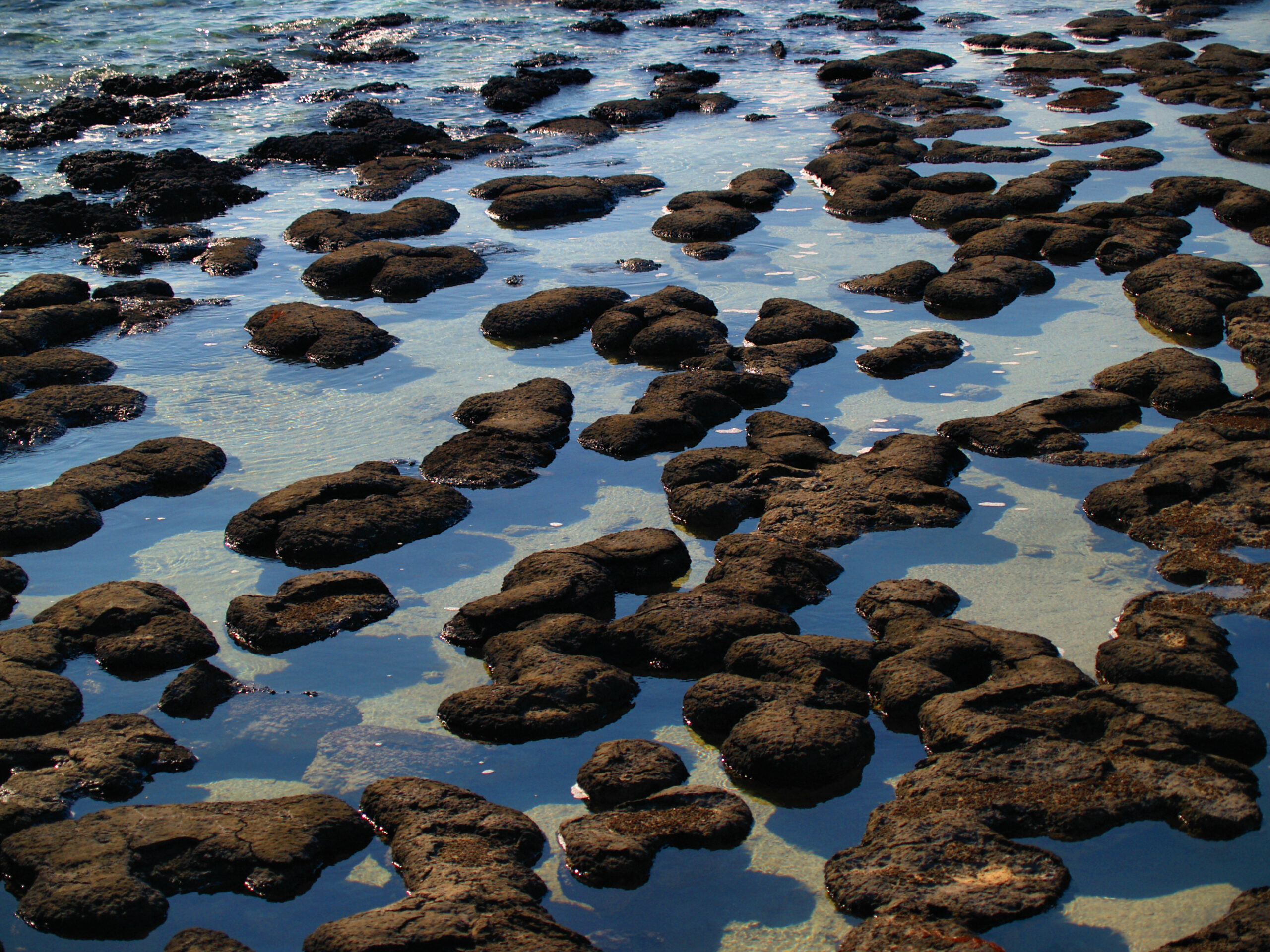
Looking back and beyond
Hamelin Pool, near Shark Bay, is one of the best places on the planet to see living marine stromatolites today. It’s home to the world’s most extensive colony.
Why do they thrive there? Just like back in their early days, the water is super-salty – twice as saline as seawater. Plus, not much else lives there because it’s hot and exposed.
For the Malgana people of the Gutharraguda (Shark Bay) area, the stromatolites hold a special meaning. Marking the entrance to Gutharraguda, the stromatolites carry the spirits of their ancestors.
For today’s scientists, WA’s internationally significant stromatolites offer a glimpse into our planet’s evolutionary history. For astrobiologists, they may even aid our search for evidence of life on other planets in our Solar System.



